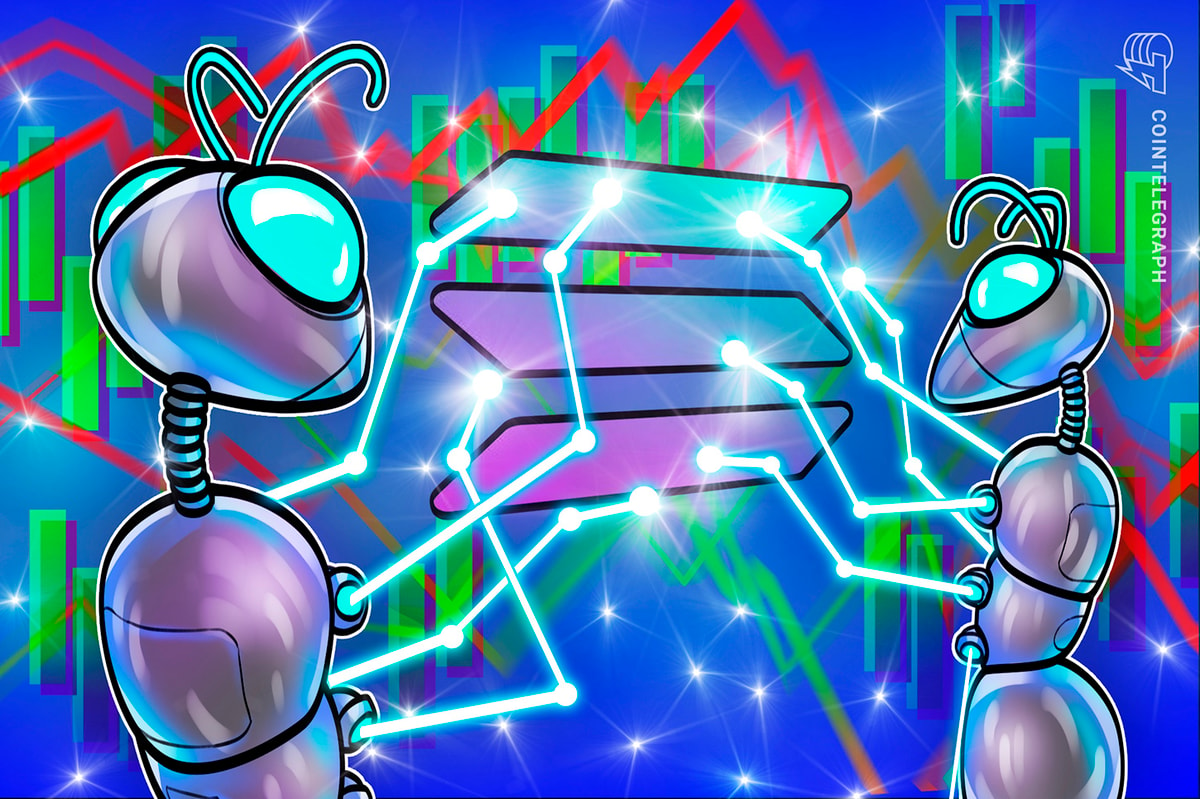USDT0 and XAUT0 Launch on Solana, Expanding Omnichain Access

Omnichain versions of Tether’s stablecoin USDt (USDT) and Tether Gold (XAUT) are now available on Solana through Legacy Mesh, an interoperability network built on LayerZero that connects native stablecoin liquidity across multiple blockchains; this could position Solana as a competitive settlement layer for onchain finance and real-world assets (RWAs).
The deployment of USDT0 and XAUT0 effectively brings Tether’s digital dollar and tokenized gold to Solana, potentially merging stablecoin liquidity with real-world asset use cases.
Unlike Tether’s USDT stablecoin, USDT0 is not issued by Tether. Instead, it is part of a third-party omnichain liquidity network designed to unify existing native USDT liquidity across multiple blockchains. As such, Solana integration potentially strengthens Tether’s omnichain footprint, following earlier USDT0 deployments on Ethereum, OP Superchain, Polygon, TON and Arbitrum.
Legacy Mesh enables interoperability by linking native USDT liquidity pools, allowing stablecoins to move between networks without relying on wrapped tokens or third-party bridges. However, bridging risks and liquidity fragmentation remain ongoing challenges across multichain systems, making it difficult to forecast how much of USDT liquidity will actually migrate to Solana.
According to the companies, the expansion increases access to Tether’s USDt, the largest stablecoin by market capitalization, with a total circulating supply of about $180 billion.
Since launch, USDT0 products have processed more than $25 billion in bridge volume across over 32,000 transfers, the companies said.
Tamar Menteshashvili, head of stablecoins at the Solana Foundation, said the integration will support growth in decentralized finance, payments and institutional-grade financial products on Solana. In practical terms, this could include treasury management, remittances and collateralized lending.
While XAUT0 is lesser known, it represents an omnichain version of Tether Gold, which has gained attention amid the yearlong surge in gold prices. XAUT brings the yellow metal onto the blockchain, giving it programmable features similar to digital assets like Bitcoin (BTC).
Related: Ethereum Foundation’s near-term UX priority is interoperability
Stablecoins, RWAs gain traction on Solana
Solana, long known within crypto circles as one of the fastest-growing blockchain networks, is increasingly attracting attention from traditional finance. With a market capitalization of about $112.6 billion, Solana is the second-largest smart contract platform after Ethereum.
According to Matt Hougan, chief investment officer at Bitwise Asset Management, Solana is positioned to win over Wall Street, potentially becoming banks’ preferred network for stablecoin transactions.
At the same time, RWA tokenization on Solana has been accelerating. Protocols such as Splyce and Chintai recently launched products that allow retail investors to access tokenized securities directly on the network.
Despite this momentum, Solana still represents only a small fraction of the overall RWA market, with about $694 million in tokenized assets currently onchain, according to industry data. Ethereum remains the largest network for RWAs, hosting nearly $12 billion in value.
That gap underscores the competition among blockchains seeking to attract institutional finance and real-world asset flows, particularly amid a pro-industry regulatory shift in the United States.
Magazine: Solana Seeker review: Is the $500 crypto phone worth it?


